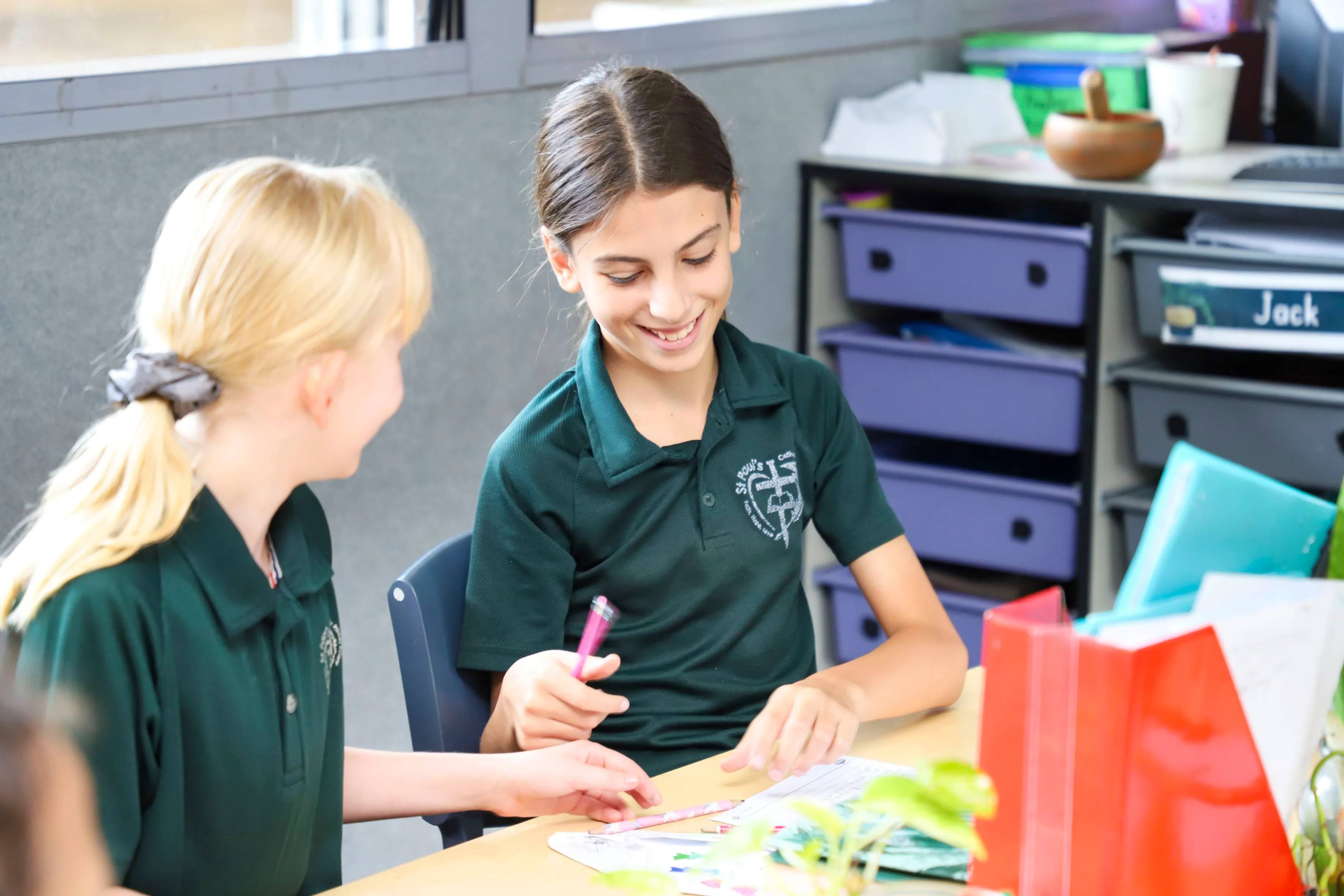6 Important Benefits of Hands-On Learning
The hands-on learning method was conceptualised by the Greek philosopher Aristotle in 350 BCE, who wrote, “For the things we have to learn before we can do them, we learn by doing them. ".
The method is simple, and involves learning through experience. While hands-on learning was first conceptualised centuries ago, the concept or term is now recognised as one of the most beneficial ways for children to learn and grow.
At Catholic Education Northern Territory, we see the benefits of hands-on learning first-hand in our students. By integrating hands-on learning alongside traditional theoretical learning methods, our students are becoming more engaged and interested in their learning topics, more inquisitive, and benefit from a healthy, fun, and engaging learning environment.
What is Hands-On Learning?
Put simply, hands-on learning means learning by doing. This learning style directly involves students by encouraging them to participate in learning rather than listening passively.
Hands-on learning sees students physically immerse themselves in a subject by interacting with real-world materials, conducting experiments, solving problems, exploring and discovering, and working collaboratively on projects.
Ultimately, the goal of hands-on learning is for students to correlate their knowledge to real-world experiences. By allowing this level of engagement, students can develop a deeper and more critical understanding of the world around them.
Educators are increasingly becoming aware of the role hands-on learning plays in creating a meaningful and impactful learning environment. As educators, CEONT has seen firsthand among our 18 schools how hands-on learning methods have benefited our students' learning and development.
6 Important Benefits of Hands-On Learning
1. Improves memory and retention
Hands-on learning involves engaging multiple senses and providing context to the learning experience, enhancing memory and information retention. When we engage with and experience concepts firsthand using our senses (touch, sight, smell, taste, and sound), we make ‘sensory memories’ and form stronger neural connections to the subject.
Hands-on learning that benefits students’ memory and retention abilities includes activities where they can physically design, develop, and construct solutions to problems.
2. Increases engagement
Hands-on learning methods shift educators from talking at students to talking with them. When students are talked at, more often than not, they tune out. When teachers talk with students through collaborative practices, their curiosity and adventurous qualities are encouraged, leading to a more enthusiastic and engaging classroom.
The hands-on method of teaching involves actively participating in learning experiences rather than passively receiving information, which captures students’ attention and makes learning more enjoyable and memorable.
3. Encourages teamwork
Often, hands-on projects and activities involve collaboration among students. Collaborative projects and activities include group work, shared materials, and joint problem solving. Being comfortable in collaborative environments where teamwork is crucial encourages the development of social skills.
Through hands-on learning, students learn how to manage their emotions, make responsible decisions, and form positive relationships to achieve the end result efficiently and productively with others. The ability to work in teams is a lifelong skill that is critical for navigating real-world situations.
4. Develops problem-solving and critical thinking skills
When students learn through hands-on methods, they constantly have the opportunity to think critically and solve problems creatively. It provides a safe environment for students to explore, experiment, and take risks while critically evaluating situations, considering alternatives, and devising solutions. Educators encourage students to use this thinking when they ask open-ended questions during activities.
We face changes and challenges daily, and developing critical thinking and problem-solving skills at a young age helps to navigate these changes, make thoughtful decisions, and overcome challenges effectively.
5. Fosters creativity
Incidentally, hands-on learning allows children to create, explore, and innovate ideas freely in a comfortable and supportive environment. Responsible for fueling expression, originality, and thinking outside the box, creativity leads to innovative solutions.
The ability to think creatively to gather information or solve problems is a unique quality that benefits children from school age throughout their future careers. Having the freedom to think creatively from a young age also supports every area of the brain, including sensory, motor, and cognitive.
6. Builds confidence and resilience
When engaging in hands-on challenges and obstacles, children learn through trial and error, ultimately building their confidence. Hands-on learning provides students with the opportunity to work through difficulties, refine their approach, and find a solution.
Students experience the satisfaction of overcoming challenges and understand that hard work can lead to achievement. This builds a foundation of resilience when faced with tough times in the future, whether work difficulties or relationship struggles.
At Catholic Education Northern Territory, our educators are dedicated to ensuring our students have the best learning opportunities. For many, this includes incorporating hands-on learning.

